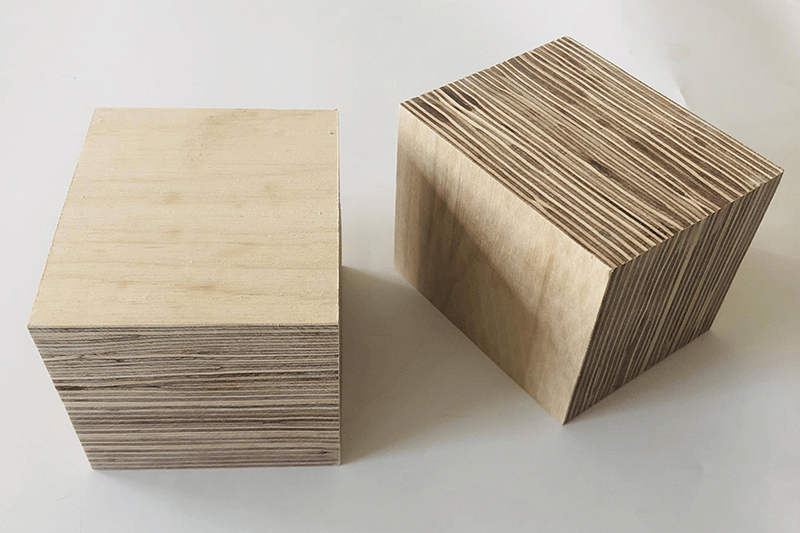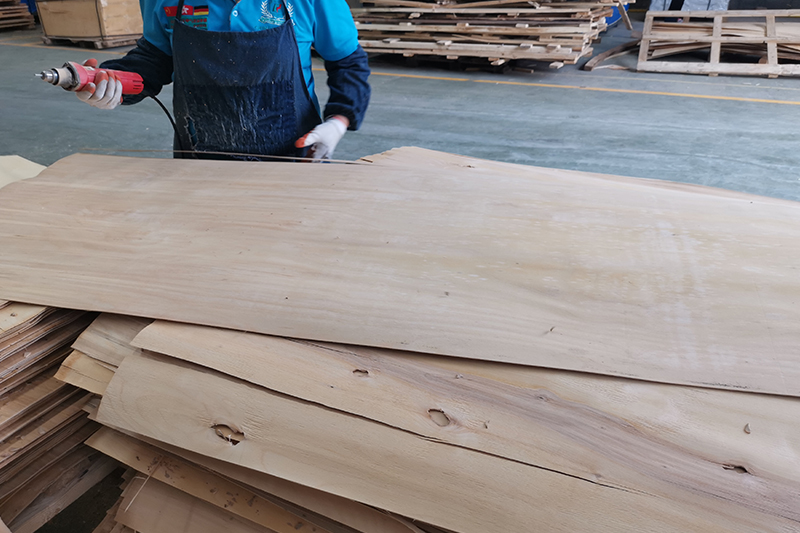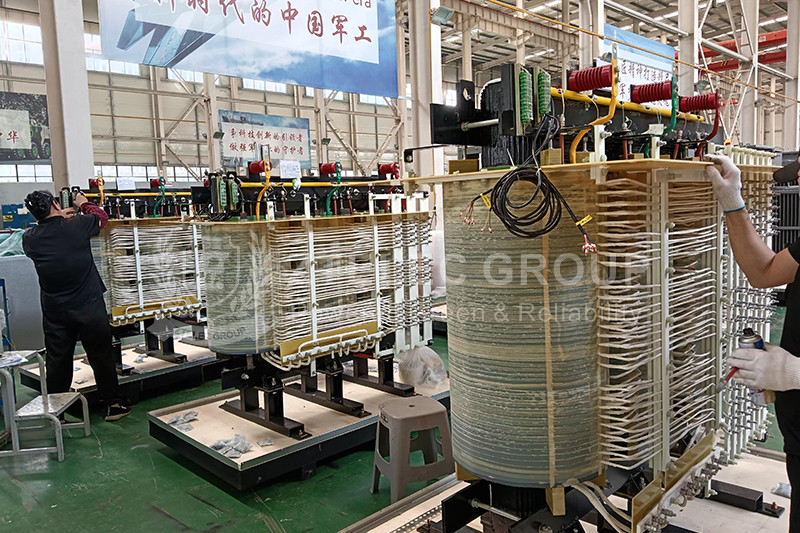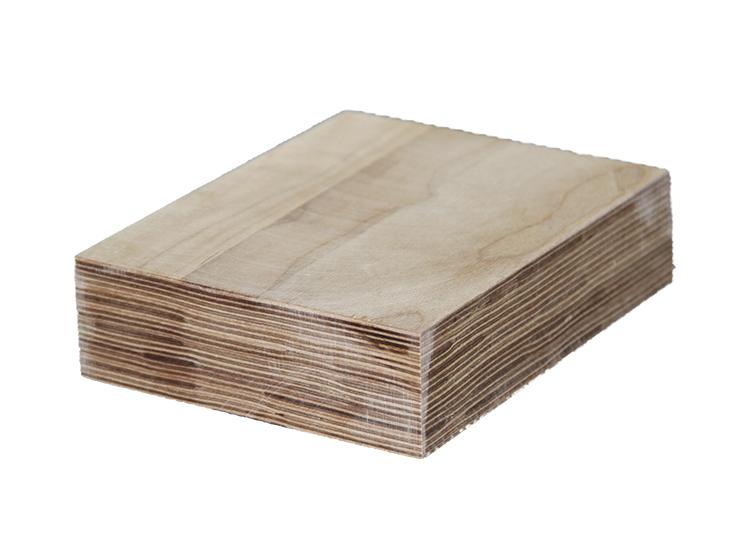How to detect the quality of electrical laminated wood? Key indicators and industry standards
In the electrical field, the quality of electrical laminated wood is directly related to the safety and performance of electrical equipment. Inspectors can accurately detect its quality by clarifying key indicators and following industry standards.
Key quality indicators of laminated wood
1. Electrical performance
Dielectric strength (kV/mm): As the core parameter for measuring the ability to resist electrical breakdown, inspectors test in dry and humid environments according to IEC 60641 to evaluate electrical safety under different working conditions.
Volume resistivity (Ω・cm): This indicator directly reflects the insulation performance. The higher the value, the stronger the ability to prevent current penetration.
Surface resistivity (Ω): It is used to evaluate the risk of surface leakage current, especially in humid environments, which is of great significance for preventing electrical failures.
2. Mechanical properties
Flexural strength (MPa): It reflects the ability of the material to resist bending deformation when subjected to force, and is an important parameter for meeting the mechanical support function.
Compressive strength (MPa): Manufacturers need to control this indicator to ensure the stability of the functional components that bear the support structure.
Impact strength (kJ/m²): Testers use this indicator to evaluate material toughness, avoid brittle fracture, and improve reliability.

3. Physical properties
Density (g/cm³): Transformer density affects its mechanical strength and insulation performance. Uniform and stable density is the basis for manufacturers to ensure product quality.
Water absorption (%): According to GB/T 5132 standard, testers need to control the 24-hour water absorption rate to ≤5% to prevent electrical performance degradation.
Dimensional stability: After temperature cycle test, verify the deformation of the material in a hot and humid environment to ensure dimensional accuracy.
4. Environmental resistance
Moisture and heat resistance: The testers test in an environment of 85℃/85% RH to check the performance stability of the material in a high temperature and high humidity environment.
Chemical resistance: The indicator mainly examines the ability of the material to resist corrosion by chemical substances such as transformer oil, acid and alkali, and ensures its durability in special environments.
5. Process quality standards
Interlayer bonding strength: The testers test through peeling test to avoid stratification and ensure the structural integrity of the material.
Surface finish: Use visual or microscopic inspection to strictly control the surface without defects such as cracks, bubbles, impurities, etc. to improve product quality.
Testing methods laminated wood
1. Laboratory testing
Dielectric strength test: The tester follows the IEC 60243 standard, applies high voltage to the material until it breaks down, and measures the dielectric strength.
Mechanical property test: Use a universal testing machine to measure bending and compressive strength according to ASTM D790/D695 standards.
Water absorption test: According to GB/T 17657 standard, weigh after soaking laminated wood for 24 hours and calculate the water absorption.
2. Non-destructive testing technology
Ultrasonic testing: Use ultrasonic technology to detect defects such as internal pores or delamination.
Infrared thermal imaging: By capturing the surface temperature distribution, potential defects such as local overheating are discovered.
3. Visual and dimensional inspection
The tester checks the surface flatness and thickness tolerance according to GB/T 1303.2 and other standards to ensure that the size and appearance meet the standards.

Authoritative industry standard system for laminated wood
1. International standard specifications
IEC 60641: It specifies the technical specifications for pressed boards for electrical use, providing a reference for global production and testing.
IEC 60893: It formulates standards for industrial rigid laminates for insulating materials to ensure product insulation performance.
ASTM D709: It clarifies the performance requirements for laminated thermosetting materials, providing a basis for quality control.
2. China Standard System
GB/T 5132-2008: It standardizes the production and testing of laminated wood boards for electrical insulation in China.
GB/T 1303.2-2009: It has detailed specifications and testing methods for thermosetting laminated boards for electrical insulation.
JB/T 8149: It ensures that laminated wood insulation for transformers meets special use requirements.
Laminated wood quality control recommendations
1. Manufacturers can control the quality of raw materials by selecting high-quality wood such as birch and maple and phenolic or epoxy resins.
2. Accurately control parameters such as hot pressing temperature, pressure and time to strengthen process monitoring.
3. Sample each batch to test key indicators such as dielectric strength and water absorption, and standardize the inspection process.
4. Actively obtain third-party certifications such as UL, CE, SGS, etc. to ensure that products meet standards and enhance market competitiveness.
- more+releated article
- 2025-10-21Application of K Factor Transformer
- 2025-10-21Detailed explanation about transformer model w
- 2025-10-2010kV Oil-Immersed Transformer Safety: Lightnin
- 2025-10-20What are The Advantages of Phenolic Cotton Clo
- 2025-10-17Are Three-Phase Isolation Dry-Type Transformer
- 2025-10-17G10 Epoxy Sheet: Choosing the Right Specificat
- 2025-10-1610kV Oil-Immersed Transformer Operation Inspec
- 2025-10-163240-B Epoxy Phenolic Glass Fiber Cloth Lamina
- 2025-10-15G10 Epoxy Sheet: The Preferred Insulation Mate
- 2025-10-15Analysis of Energy-Saving and Noise Control Te





